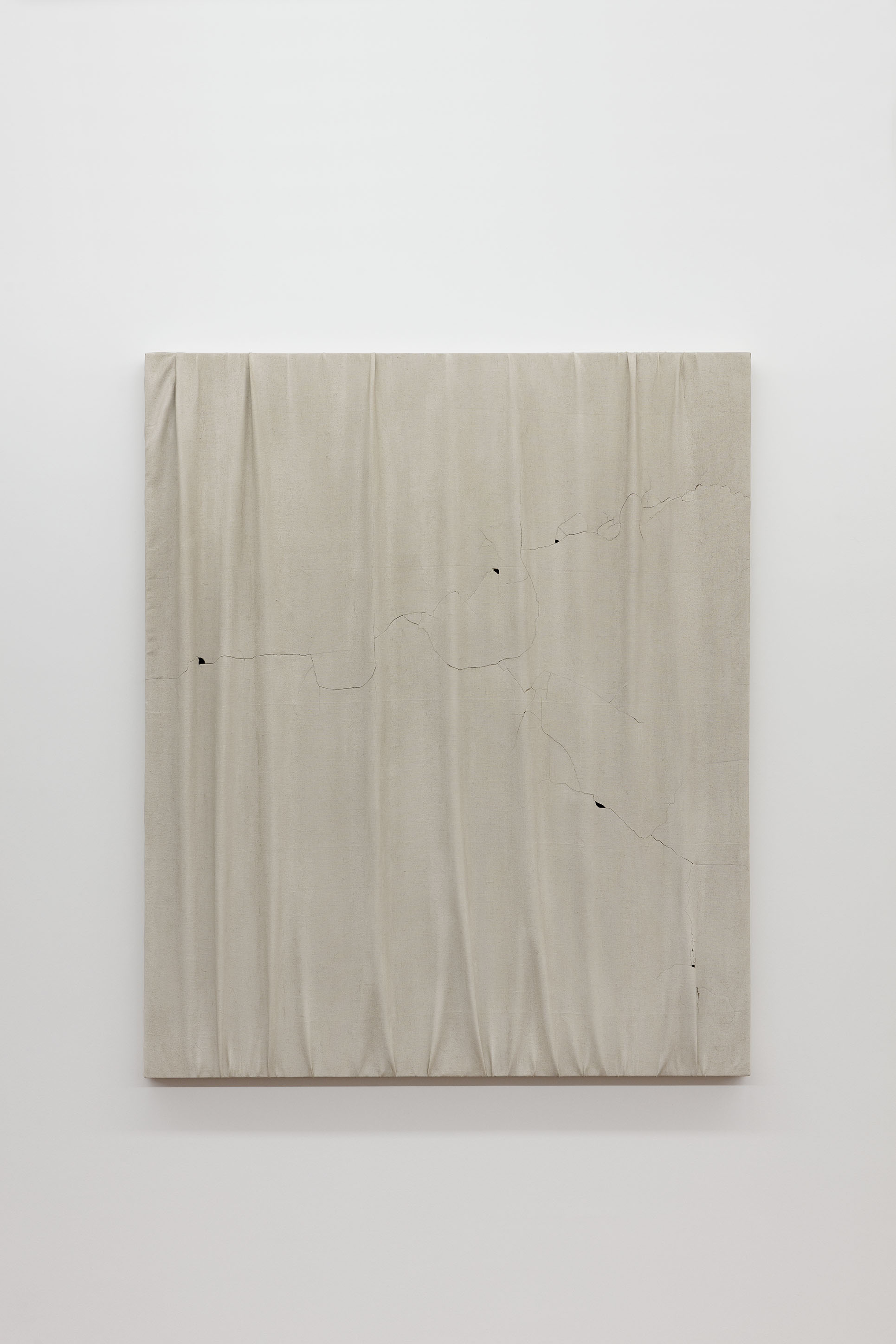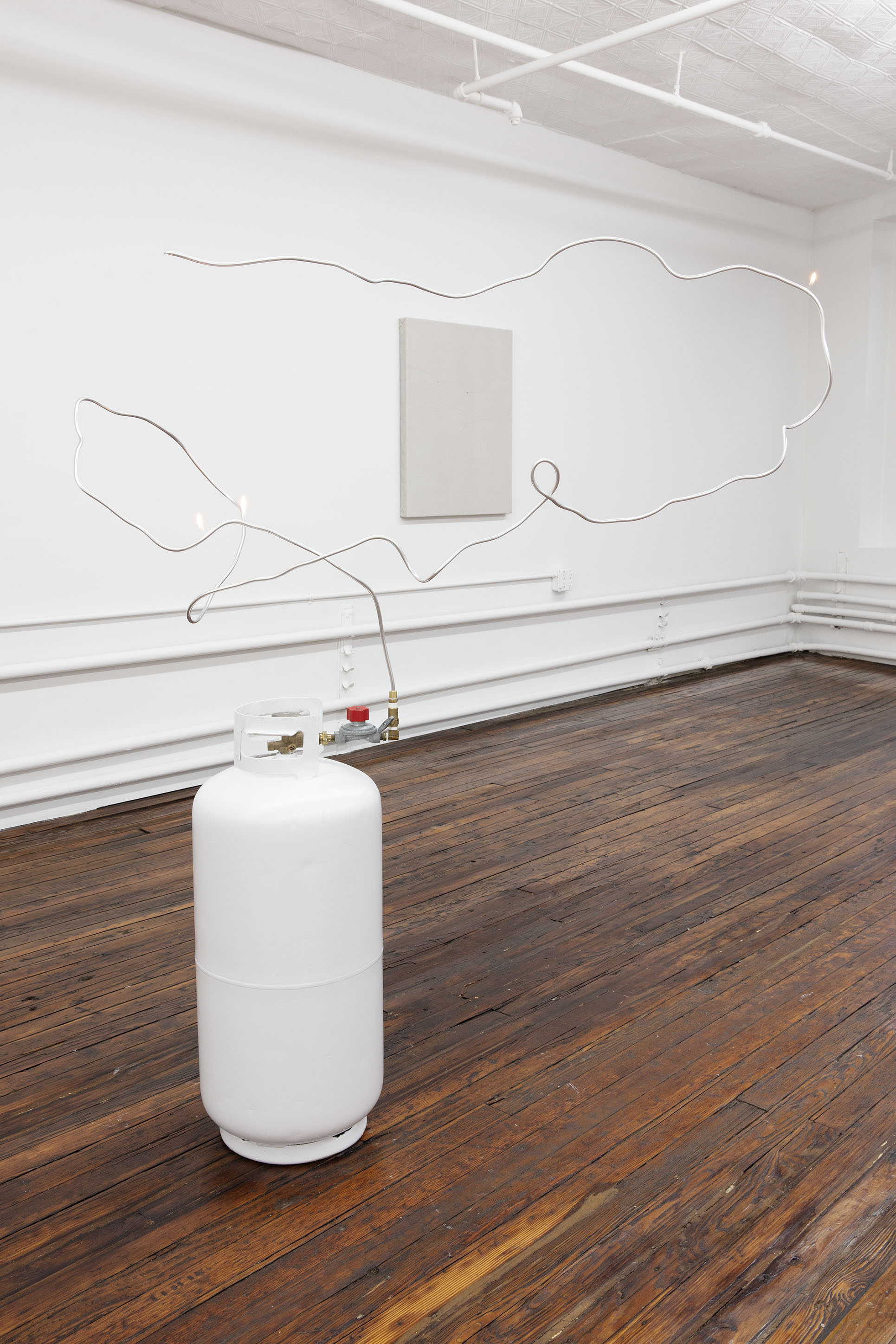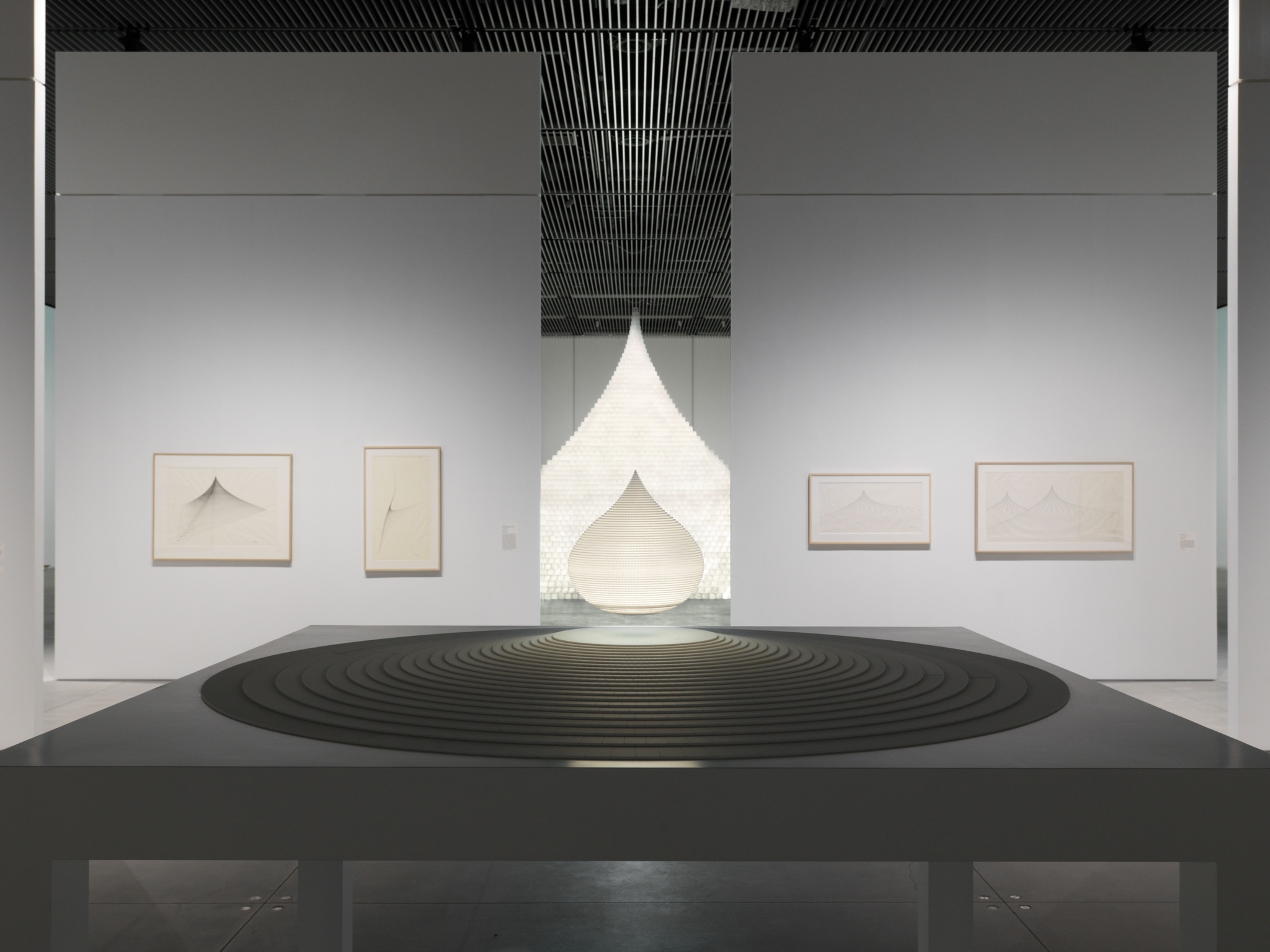Through the diorama-like boxes of assemblages, Betye Saar narrates stories of the past and sets forth hopes for the future with found objects and images. The past is the history of the found objects as well as Saar’s own experiences; the future is marked by her exploration of spirituality and the opposition for stereotypical depictions of race and identity. The connection can be seen in many of Saar’s works.
 |
| Black Girl's Window, 1969. |
The 1969 assemblage, Black Girl’s Window, consists of a salvaged wooden frame filled with nine small pictures depicting motifs like lion or skeleton. Below, a silhouette of a black girl peers out of the curtain, surrounded by symbols of stars. This early work marks Saar’s transition from printmaking to collage and assemblage; she took inspiration from artists like Simon Rodia and Joseph Cornell, who also made art with found objects and images. In addition to being an autobiographical work, the mythical symbols of fate in Black Girl’s Window serve as Saar’s aspiration for freedom and creativity and resistance towards the one-drop rule.
 |
| The liberation of Aunt Jemima, 1972. |
Similarily, Saar’s 1972 work, Liberation of Aunt Jemima, showcases both the black heritage and the hope for black women to break away from stereotypes. The assemblage displays a black mammy laborer figure in front of a collage of Aunt Jemima’s headshots. While holding a broom, wearing an apron, and a headscarf, the figure is equipped with a rifle and a grenade. Although Aunt Jemima is known for her caring and motherly character shared by many African American women, Saar expects there to be more diverse portrayals of African American women, rather than only a mammy figure.
Connecting past histories and future hopes with her assemblages, Betye Saar expresses powerful messages that Women and African-Americans are strong, powerful, and in control of their own lives.









